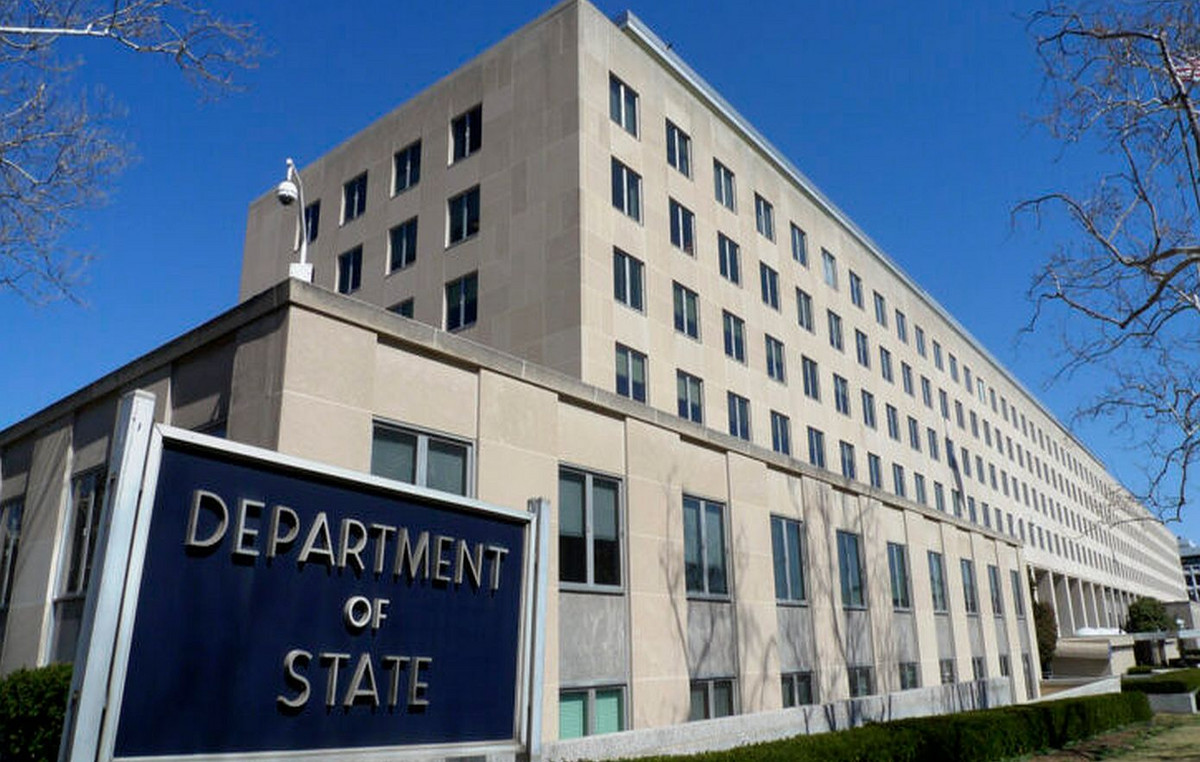Last year, the Atlantic Forest had 6,739 hectares of its area deforested. Each hectare corresponds, on average, to the area of a football field. The data are from a report produced by the SOS Mata Atlântica foundation, Arcplan and MapBiomas through the Deforestation Alert System (SAD), which monitors and collects information on deforestation in the region.
The platform identifies and reports deforestation in areas larger than 0.3 hectare, which are monitored through high-resolution satellite images and produce monthly alerts to support decision-making by responsible supervisory bodies.
The deforested areas were identified in four hydrographic basins: the Tietê River, in São Paulo; from the Iguaçu River, in Paraná, from the Jequitinhonha River, which is between Bahia and Minas Gerais and from the Miranda and Aquidauana Rivers, in the region of the municipality of Bonito, in Mato Grosso do Sul.
In all, 1,103 deforestation alerts were recorded, most of them in rural areas. Among the main causes of intense deforestation are agriculture (93.7%) and urban expansion (6.3%).
The region that was most affected was the municipality of Bonito, where 137 alerts and 3,223 hectares were deforested. Next, the Jequitinhonha River basin had the second largest deforested area, with 2,212 hectares. In the Tietê River basin, in the Atlantic Forest of the state of São Paulo, 144 hectares were deforested.
SOS Mata Atlântica warns that the average size of each deforested area in the region has been decreasing over the years, causing losses of less than three hectares in young native forests to become more common.
wanted by CNN, the São Paulo Secretariat of Infrastructure and Environment says that the state continues with deforestation below 100 hectares, which is considered zero by experts. Also according to the note, the forest inventory showed a 5% increase in native vegetation in the last 10 years, and concludes that the Refloresta SP program, launched at the end of 2021, will restore more than 1.5 million hectares in areas degraded;
Source: CNN Brasil







